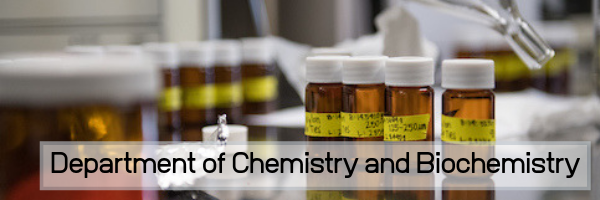
Faculty and Student Publications
Document Type
Article
Publication Date
10-25-2022
Abstract
Tire wear particles (TWPs) are a major category of microplastic pollution produced by friction between tires and road surfaces. This non-exhaust particulate matter (PM) is transported through the air and with runoff leading to environmental pollution and health concerns. Here, we collected airborne PM along paved roads with different traffic volumes and speeds using Sigma-2 passive samplers. Particles entering the samplers deposit onto substrates for analysis, or, as we modified it, directly into small (60 ml) separatory funnels, which is particularly useful with high particle loads, where a density separation aids in isolating the microplastics. We quantified putative TWPs (∼10–80 µm) deposited on the substrates (primarily adhesive tape on glass slides) and in the funnels using stereomicroscopy. Putative TWP deposition rates (particles/cm2/day ± SD) at 5 m from the road were highest near a busy highway (324 ± 129), followed by a boulevard with moderate traffic (184 ± 93), and a slow traffic avenue (29 ± 7). We observed that deposition rates increased within proximity to the highway: 99 ± 54, 180 ± 88, and 340 ± 145 at 30, 15, and 5 m, respectively. We show that TWP abundances (i.e., deposition and mass concentration) increase with vehicle braking (driving behavior). We observed no differences (p > 0.05) between the separatory funnel and adhesive tape collection methods. In addition, we were able to obtain FTIR spectra of TWPs (>10 µm) using µ-ATR-FTIR. Both deserve further scrutiny as novel sampling and analytical approaches. In a separate sampling campaign, we differentiated 1438 particles (∼1–80 µm) deposited on boron substrates into TWP, metal, mineral, and biogenic/organic classes with single particle SEM/EDX analysis based on morpho-textural-chemical classification and machine learning. The results revealed similar concentration trends with traffic (high > moderate > low), with the distribution of particle sources alike for the highway and the moderate road: TWPs (∼38–39%) > biogenic (∼34–35%) > minerals (∼23–26%), and metallic particles (∼2–3%). The low traffic road yielded a much different distribution: biogenic (65%) > minerals (27%) > TWPs (7%) > metallic particles (1%). Overall, this work provides much-needed empirical data on airborne TWPs along different types of roads.
Relational Format
journal article
Recommended Citation
Gao, Z., Cizdziel, J. V., Wontor, K., Clisham, C., Focia, K., Rausch, J., & Jaramillo-Vogel, D. (2022). On airborne tire wear particles along roads with different traffic characteristics using passive sampling and optical microscopy, single particle SEM/EDX, and µ-ATR-FTIR analyses. Frontiers in Environmental Science, 10, 1022697. https://doi.org/10.3389/fenvs.2022.1022697
DOI
10.3389/fenvs.2022.1022697
Accessibility Status
Searchable text

